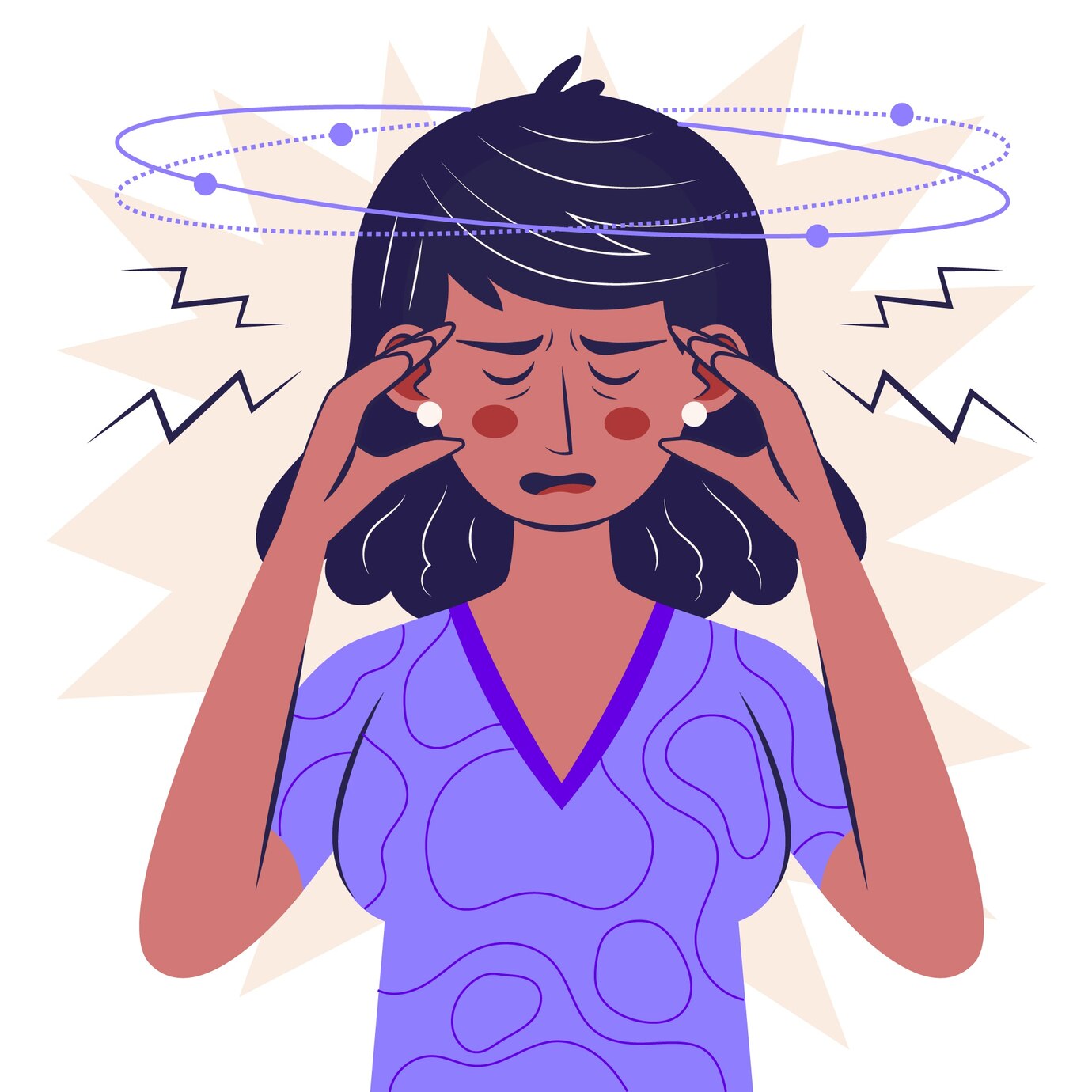Panic attacks are sudden episodes of intense fear or discomfort that can be debilitating and overwhelming. These episodes can strike without warning, leaving individuals feeling powerless and frightened. In this blog, we’ll explore the causes and symptoms of panic attacks, as well as strategies for understanding and managing these distressing experiences.
What are Panic Attacks?
1: Definition: A panic attack is a sudden surge of overwhelming fear or anxiety that triggers a variety of physical and emotional symptoms.
2: Symptoms: Symptoms of a panic attack can include heart palpitations, chest pain, shortness of breath, trembling, sweating, dizziness, and feelings of impending doom or loss of control.
3: Duration: Panic attacks typically peak within minutes and can last anywhere from a few minutes to several hours.
Causes of Panic Attacks:
1: Biological Factors: Genetics, brain chemistry, and imbalances in neurotransmitters such as serotonin and norepinephrine may contribute to the development of panic attacks.
2: Environmental Triggers: Stressful life events, traumatic experiences, major life changes, and chronic stress can all trigger panic attacks in susceptible individuals.
3: Psychological Factors: Underlying mental health conditions such as generalized anxiety disorder (GAD), post-traumatic stress disorder (PTSD), and phobias may increase the risk of experiencing panic attacks.
Strategies for Managing Panic Attacks:
1: Practice Deep Breathing: Deep breathing exercises can help calm the body’s stress response and alleviate symptoms of panic. Practice slow, diaphragmatic breathing to promote relaxation and reduce anxiety.
2: Use Relaxation Techniques: Incorporate relaxation techniques such as progressive muscle relaxation, guided imagery, and meditation into your daily routine to promote overall well-being and resilience.
3: Challenge Negative Thoughts: Identify and challenge negative thoughts and beliefs that contribute to panic attacks. Replace irrational thoughts with more balanced and realistic perspectives.
4: Stay Grounded: Focus on staying grounded in the present moment during a panic attack. Use grounding techniques such as focusing on your surroundings, engaging your senses, or repeating a calming mantra to anchor yourself in reality.
5: Seek Support: Reach out to friends, family members, or mental health professionals for support and guidance. Joining a support group or seeking therapy can provide valuable resources and coping strategies for managing panic attacks.
6: Maintain a Healthy Lifestyle: Prioritize self-care activities such as regular exercise, healthy eating, adequate sleep, and stress management to support overall mental and physical well-being.
7: Consider Medication: In some cases, medication may be prescribed to help manage symptoms of panic attacks. Antidepressants, anti-anxiety medications, and beta-blockers are commonly used to alleviate symptoms and prevent future episodes.
Conclusion: Panic attacks can be frightening and overwhelming, but with the right strategies and support, it is possible to manage and overcome these episodes. By understanding the causes and symptoms of panic attacks and implementing effective coping techniques, individuals can regain a sense of control and confidence in their ability to navigate challenging situations. Remember, you are not alone, and help is available for those struggling with panic attacks. With time, patience, and perseverance, it is possible to find relief and reclaim your life from the grip of panic.


